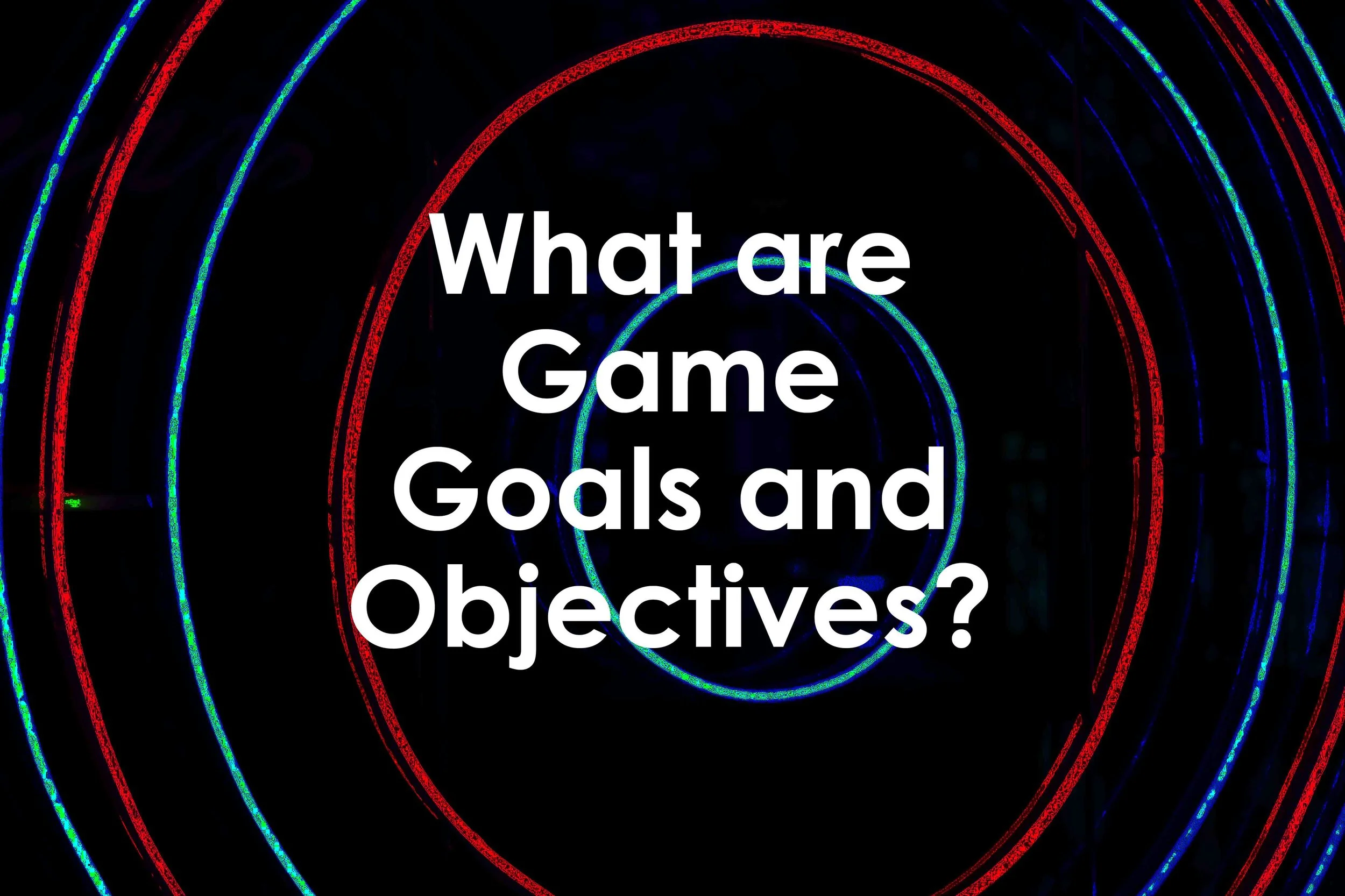This article will explore the aspects of games as mediums for interactions. It’ll examine games as constructs for occupying a particular space and how players interact with it. Games will also be explored as pieces of art and how they influence narrative aspects such as stories. Often, the interactive elements of games are shaped by their genre and themes. This will be discussed in addition to how games are often structured as a means for social interactions. This kind of structure can serve as a means of establishing socially normative activities between and amongst players.
Read MoreThis article will explore the player journey. It’ll start by defining this term and outline reasons for its importance. The player experience is an important aspect of the player journey. Therefore, it’ll be examined in depth as it relates to individual motivations and how they affect both goals and achievements during the player journey.
Read MoreThis article will also cover how game goals work in concert with player agency and how designers can take advantage of player skill development while simultaneously mitigating luck and randomness. The player experience represents the defining factor for players engaging with games for learning; so, player feedback loops as well as how failure is addressed will also be considered.
Read MoreThis article will provide an overview of interactive experiences. Specifically addressing how they are created with users’ needs in mind. Interactive experiences benefit from the connection between users and the environment. But that connection is often nothing without control, agency, and decision making capacity. Costello’s Pleasure Framework is identified as a structure with which to build immersive and interactive environments that can be integrated into physical spaces. Finally, applications and examples of interactive experiences are provided.
Read MoreGames are just one of many ways to teach and educate students. Specifically, games are very useful in three areas: they provide a shared experience where students work cooperatively to solve a common problem; they provide a structure to explore creativity; and they also provide a framework for understanding how complex systems work. In this post we’ll explore all three ways educators can make use of games-based learning for their students.
Read More




